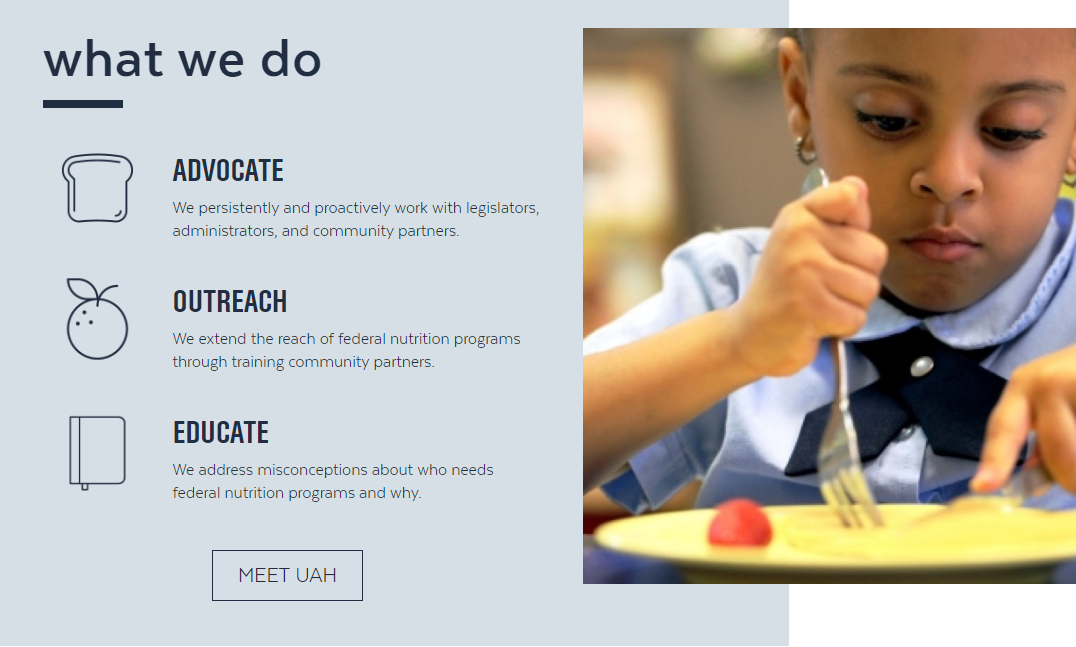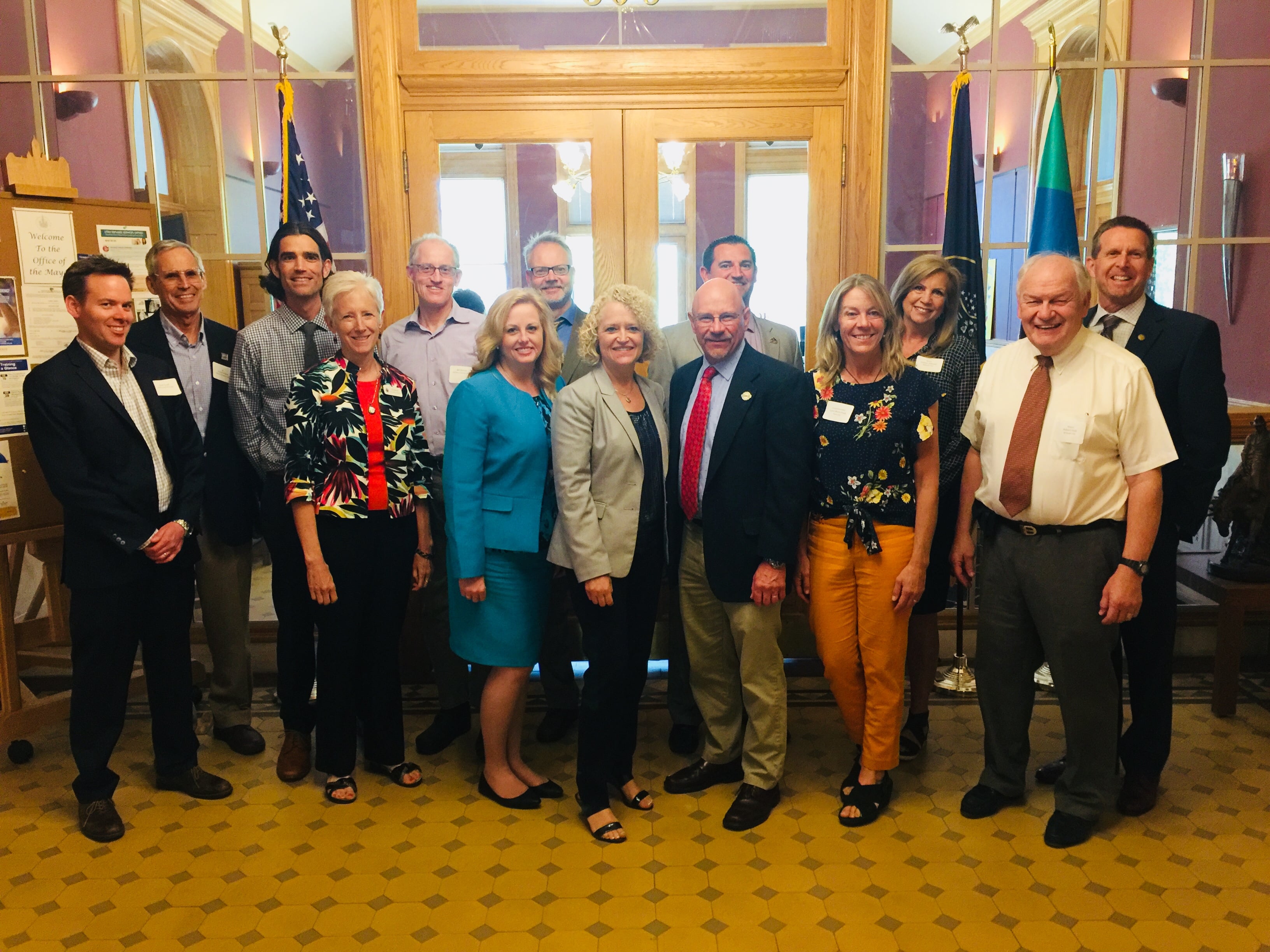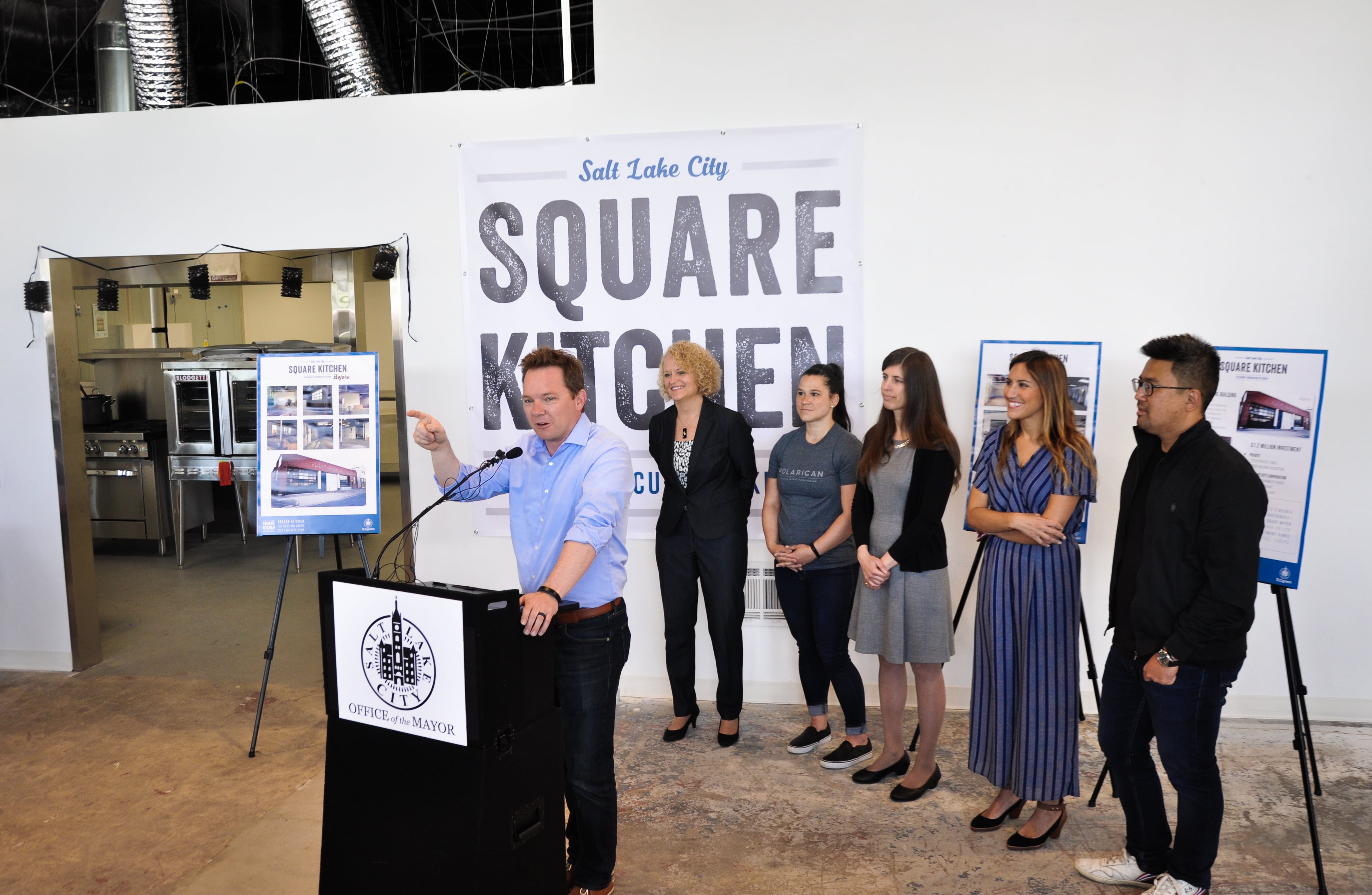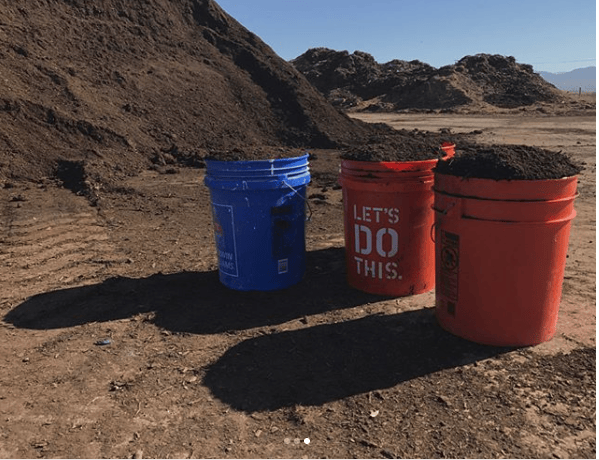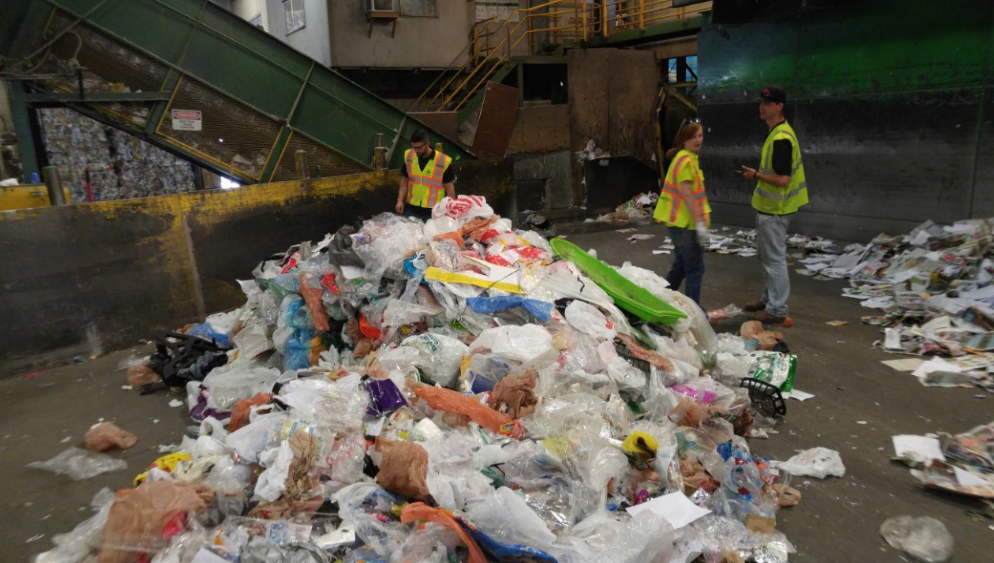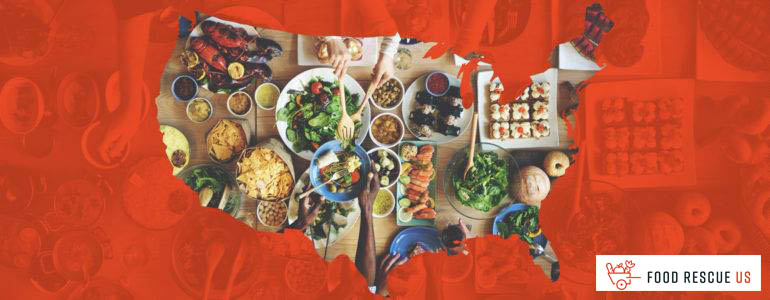
by Sydney Boogaard, SLCgreen intern
Spring and summer weather is welcomed with open arms after cold grey winters. Maybe, it’s getting back into the mountains to hike, bike, and sightsee; or spending time in the yard gardening, barbecuing, and playing fetch.
Whatever it is you enjoy outside this season we hope you have the privilege of seeing some beautiful pearl crescent butterflies, ruby-throated hummingbirds, or fuzzy honeybees. We encourage you to admire and celebrate their presence—for they provide us with vital plant reproduction and are essential to our natural and agricultural ecosystems.
Unfortunately, the population of these important pollinators is on a troublesome decline. In 2007, the National Research Council reported on that one of the sources of this decline is connected to pesticide exposure. Pesticides contain many chemicals that reduce pollinators’ defense systems, disrupt digestion, impair their navigation abilities, and limit their ability to reproduce.
Thus, we hope you will joins us in protecting our honeybees, hummingbirds, butterflies, and all pollinators by going Pesticide Free! Join us in thanking them for their crucial services by giving them the best shot at a healthy and productive life — say no to pesticides and take the Pesticide Free Pledge.
The Honeybee
Honeybees have been around for millions and millions of years. During this time they have provided humans with their wax, honey, and pollinating services.
Did you know honeybees are the only insect that produce food that humans eat? They travel up to six miles in a trip and fly up to 15 miles per hour, all while beating their wings 200 times per second—talk about a workout. Over time, bees have also learned to communicate with one another through dance. They communicate a sense of time, direction, and distance to convey the location of promising pollen and nectar. Needless to say, these creatures are incredibly impressive. Continue reading →


